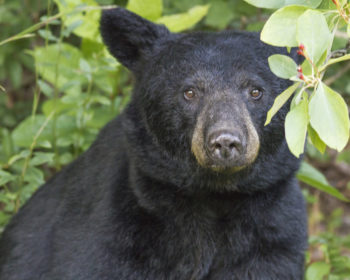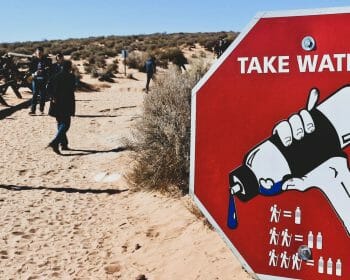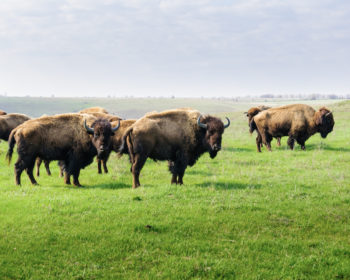Leave No Trace at Yosemite National Park
Yosemite National Park is home to some of America’s most iconic vistas. Make sure your trip is fun, safe and memorable by planning ahead and practicing Leave No Trace during your visit.
How to Plan an Environmentally-Friendly Trip to Yosemite
By: Alyssa Lucia
Situated in the majestic Sierra Nevada mountains of California, Yosemite National Park offers adventures for everyone. From guided tours and stargazing to world-famous rock climbing and river rafting, there’s lots to do and see in the land of valleys, canyons and peaks. But with roughly 4 million yearly visitors, Yosemite faces significant impacts, including 2,200+ tons of garbage each year that could otherwise be recycled or composted. How can we combat this?
Planning Ahead
Know before you go! As you consider where to stay, keep in mind that Yosemite offers a variety of accommodations ranging from Airbnb properties to lodges and campgrounds in or around the park. The many designated campsites, including the ever-popular Camp 4, always book up quickly, so be sure to reserve your site many months in advance. If you find yourself winging it on undeveloped BLM land outside of the park entrance make sure you camp at least 200 feet (70 adult steps) away from the Merced River, or any water source, and pitch that tent on a durable surface. Avoid camping on soft vegetation or wet ground to minimize your impact.
Know that parking can be limited, especially during peak season (April to October). You can even ditch the car altogether and hop a bus from a nearby city into Yosemite Valley. Once you’re in, use Yosemite’s shuttle system to get around the park. This saves gas, emissions and time.
Understanding What To Pack (& Not Pack)
The activities you choose for your visit will determine what to pack. Yosemite boasts major attractions — maybe you’ll want to take on Half Dome’s hiking trails, gaze at the Dawn Wall from the valley or find a viewing platform for the 200-foot waterfalls. You could also try kayaking on the Merced River, or engage a local rock climbing or fly-fishing guide. Choose your outdoor gear carefully, and consider that the weather fluctuates greatly — it’s a good idea to bring a waterproof jacket and some insulated layers even on a summertime trip. Better yet, always pack the 10 essentials!
Whether you’re tent camping or staying indoors, creating smart meal plans offers an important opportunity to reduce impacts and eliminate unnecessary waste. Day visitors will find plenty of memorable picnic spots — remove unwanted packaging materials before you go to reduce the amount of trash to carry out. Campers can prepare tasty, easy to clean one-pot meals in advance, and a good stove may eliminate the need for a campfire. But if you must build a fire, always use an existing fire ring and know how to minimize the impacts.
Should you forget something, the Village Store is a well-stocked grocery shop, but be mindful about avoiding single-use plastics. Opt for a refillable water bottle instead of packaged water.
Dealing With Waste
Leaving behind any trash or food waste like leftovers or bacon grease attracts wildlife and can be harmful, or even deadly, to wild creatures so it’s critical to dispose of waste properly. Remember that everybody poops — have a plan to deal with pet and human waste that your group generates. Take advantage of restroom facilities before you venture out, but also be prepared to dig a cathole or carry out your waste if needed.
Keeping Wildlife Wild
Yosemite is home to hundreds of black bears. Seeing one can be exciting, scary or downright awe-inspiring. Though black bears are not usually dangerous to humans, it’s important to remember that we’re in their territory. Considerate campers will respect wildlife and observe from a distance. (Do you know the thumb trick?)
If you’re thinking about bringing your dog to Yosemite, plan on staying on designated trails. Yosemite (and all other National Parks) limit the areas where dogs are allowed — a dog’s scent, food and waste can attract wildlife — keeping dogs out of wild areas is vital to the safety of ourselves and the surrounding wildlife. In most circumstances, it’s best practice to follow the Leave No Trace Pet Principles.
Minimizing Your Impact
Leave what you find, and take pictures instead. Flowers, rocks, antlers, sand — these are all a necessary part of the surrounding ecosystem. In National Parks it is illegal to remove natural objects, and taking them takes away the chance for other visitors to experience that sense of discovery.
Traveling with kids
Check out Yosemite’s museum! Share an educational moment about the chronological formation of the Valley, and see how visitors used to get there by stage coaches. You can also check out the national park’s Junior Rangers program, which combines fun educational opportunities with the chance to meet a genuine park ranger.
Avoiding Crowds
Finally, if you’re looking for privacy or solitude during your stay at Yosemite, you’ll definitely want to avoid holiday weekends or anytime in peak season — the park gets very crowded during these times, which can take away from the natural appeal. No matter when you go or how many people are there, it’s always good to be considerate of other visitors. Excessive noise, damaged surroundings and misbehaved pets can all have a negative impact on someone’s outdoor experience. Fear not, however, even during peak season Yosemite is an amazing place to visit, and if you’re willing to hike a mile or two past the trailhead you’ll probably find a quiet spot all to yourself.
Do you know the 7 Principles of Leave No Trace? You can help ensure Yosemite National Park remains one of America’s most cherished natural wonders for decades to come.
BLOG
Tips For Handling Crowds in Outdoor Spaces
Large amounts of visitors can also mean large amounts of impact and strain on these high profile places. We can help Leave No Trace and care for these areas by doing our part to spread out the crowd and knowing what to do when we encounter one.
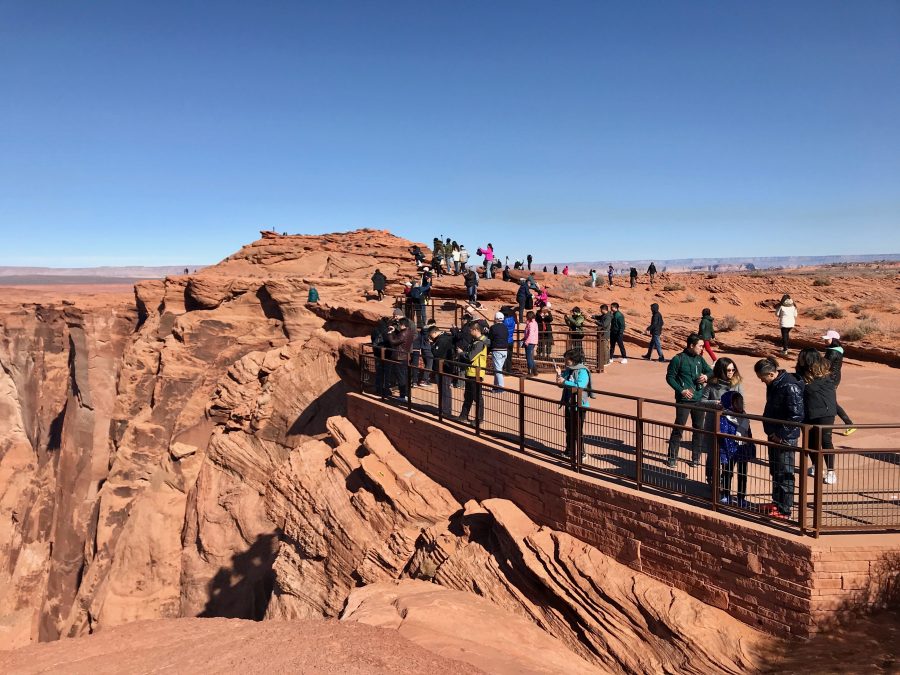
BLOG
5 Biggest Myths Hurting our Public Lands
These common misconceptions about how to act in the outdoors are actually hurting the places people like to visit.
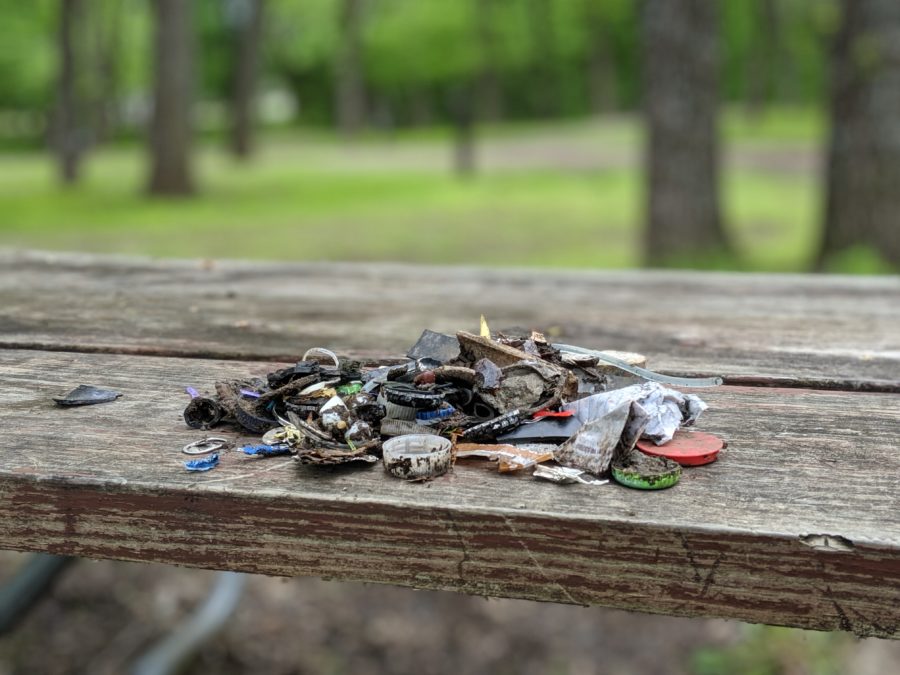
Let’s protect and enjoy our natural world together
Get the latest in Leave No Trace eNews in your inbox so you can stay informed and involved.

